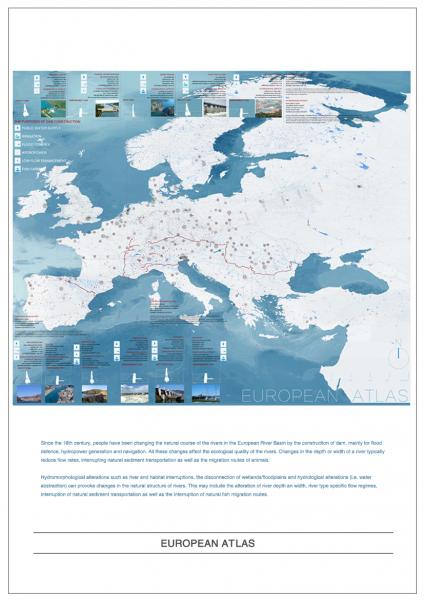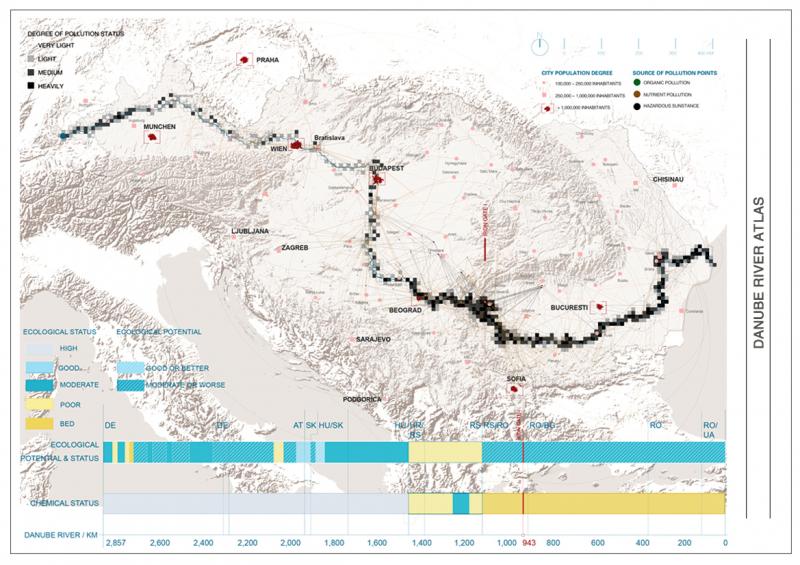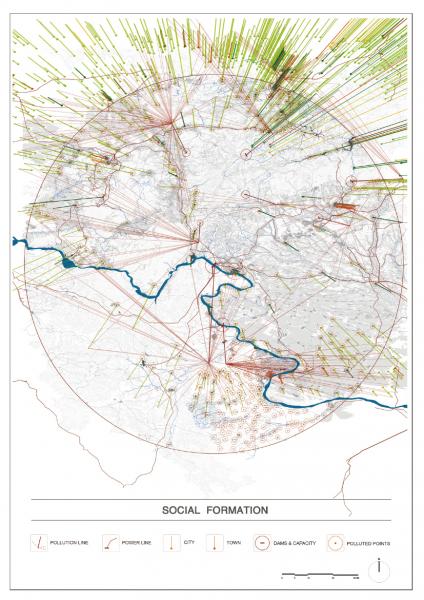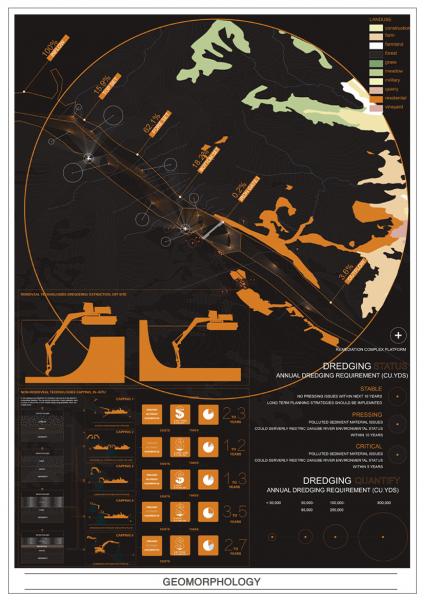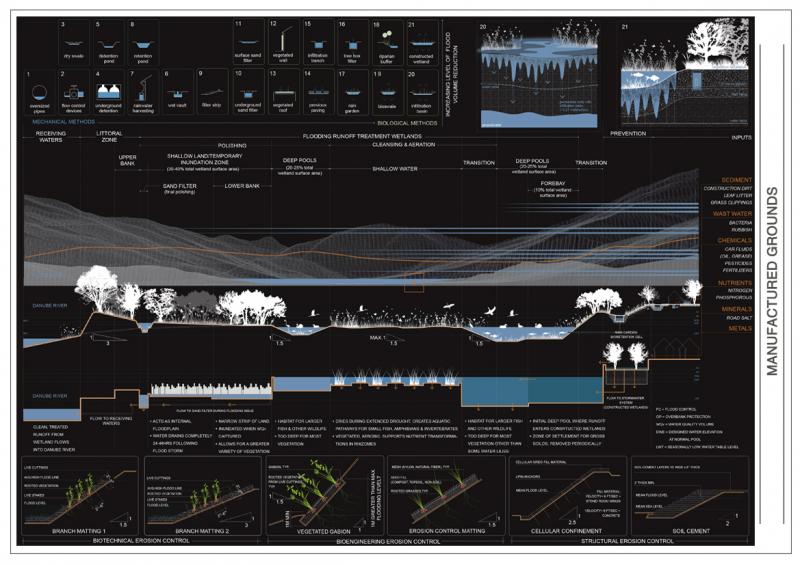01-EUROPEAN ATLAS
01-EUROPEAN ATLAS
Since the 16th century, people have been changing the natural course of the rivers in the European River Basin by the construction of dam, mainly for flood defence, hydropower generation and navigation. All these changes affect the ecological quality of the rivers. Changes in the depth or width of a river typically reduce flow rates, interrupting natural sediment transportation as well as the migration routes of animals.


